
Find Help
More Items From Ergsy search
-

Who is responsible for assessing SEND needs?
Relevance: 100%
-

What are SEND children?
Relevance: 45%
-

Who are SEND children?
Relevance: 44%
-

What support is available for SEND children in schools?
Relevance: 43%
-

Can SEND status change over time?
Relevance: 42%
-

How is progress measured for SEND children?
Relevance: 42%
-

How are parents involved in the SEND process?
Relevance: 41%
-

Are there specific laws governing SEND in schools?
Relevance: 41%
-

What are some common misconceptions about SEND?
Relevance: 39%
-

What does SEND stand for?
Relevance: 39%
-
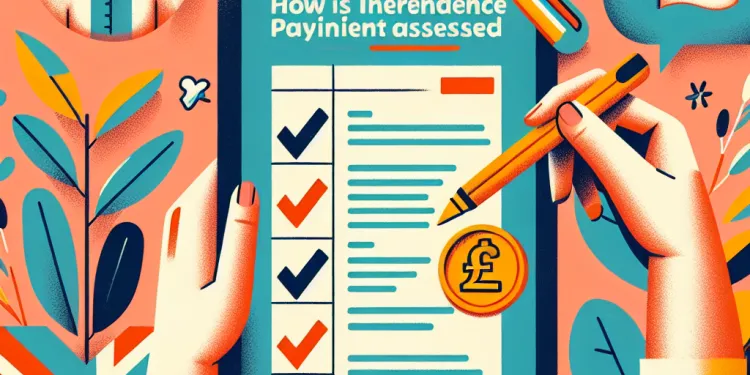
How is PIP assessed?
Relevance: 38%
-
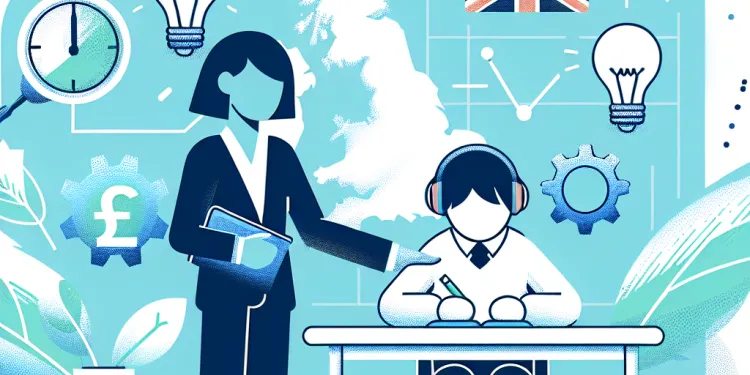
What role do teachers play in supporting SEND children?
Relevance: 38%
-

What documents do I need to assess if I was mis-sold car finance?
Relevance: 38%
-

Do SEND children attend mainstream schools?
Relevance: 37%
-
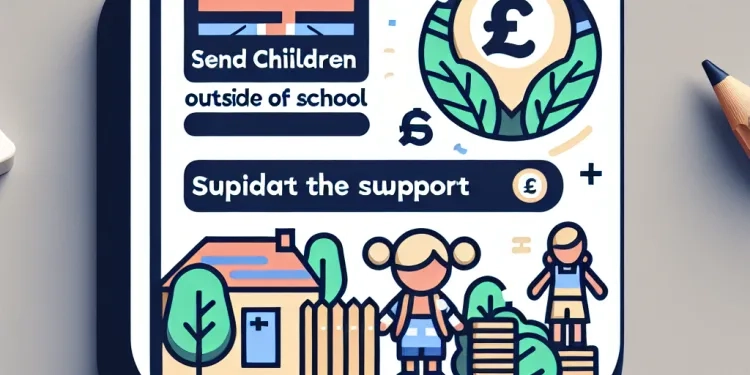
What support is available outside of school for SEND children?
Relevance: 36%
-

How can schools create an inclusive environment for SEND children?
Relevance: 36%
-

Health and safety responsibilities
Relevance: 36%
-

Can I send money to an inmate?
Relevance: 35%
-

How do funding and resources affect SEND support?
Relevance: 35%
-

What are some common types of SEND?
Relevance: 34%
-

How do I send books or magazines?
Relevance: 34%
-

Can SEND children access extracurricular activities?
Relevance: 34%
-
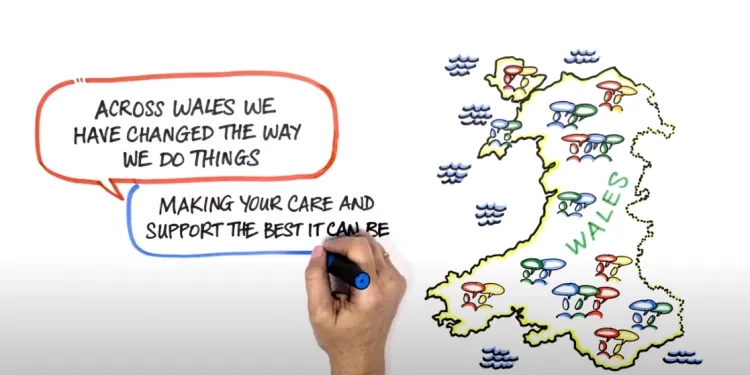
Social Services and Well-being (Wales) Act: Assessments
Relevance: 33%
-
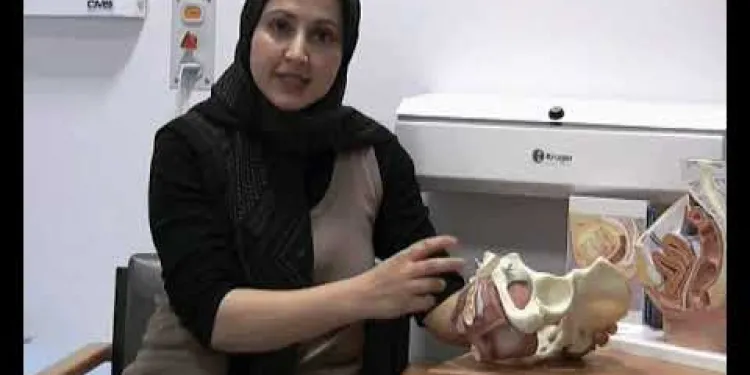
Physiotherapy Assessment of Urinary Incontinence
Relevance: 32%
-

What items can I send to someone in prison?
Relevance: 32%
-

Why does my email appear to be sending spam?
Relevance: 30%
-
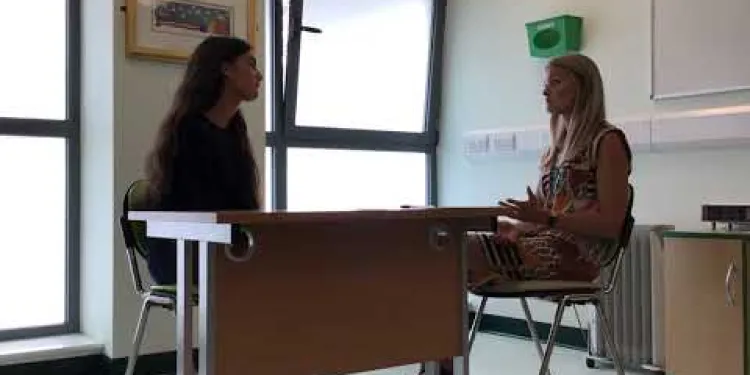
Autism Assessment - What Happens in Your Appointment
Relevance: 29%
-

Who is responsible for paying the deceased’s tax debts?
Relevance: 28%
-

Navigating Legal Guardianship and Parental Responsibility in the UK
Relevance: 28%
-

How can parents advocate for their SEND child?
Relevance: 27%
-

Are water companies responsible to maintain and update infrastructure in the UK?
Relevance: 27%
-

Who is responsible for providing school meals in the UK?
Relevance: 27%
-

How can I identify if my child has SEND?
Relevance: 27%
-
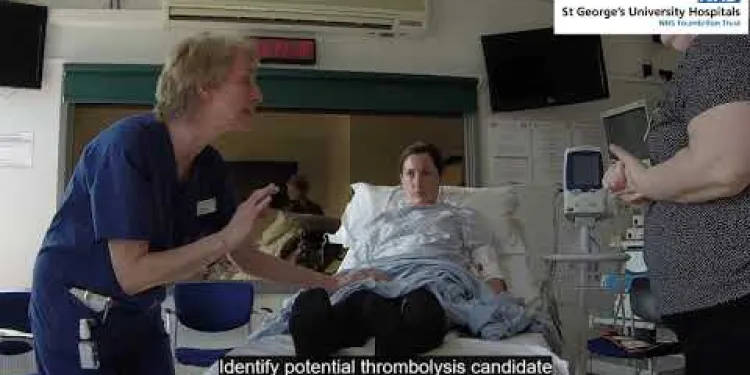
Assessing the stroke patient
Relevance: 26%
-

Do I need to inform HMRC about the death?
Relevance: 26%
-

Is there a difference in responsibility between public and private land?
Relevance: 26%
-

How can the risks and benefits of medications during pregnancy be assessed?
Relevance: 26%
-

Are water companies responsible for maintaining water infrastructure in the UK?
Relevance: 25%
-

How does cortisol affect the body's stress response?
Relevance: 24%
-

What happens if a resident's care needs change?
Relevance: 23%
Introduction to SEND Needs Assessment
In the United Kingdom, the process of assessing Special Educational Needs and Disabilities (SEND) is a critical step in ensuring that children and young people receive the appropriate support they need to thrive in educational settings. The assessment process is collaborative, involving multiple stakeholders to best address the unique needs of each child. Understanding who is responsible for these assessments is key to navigating the SEND system effectively.
The Role of Parents and Guardians
Parents and guardians play a fundamental role in the assessment of SEND needs. They are often the first to recognize the signs that their child might require additional support. Communication is central, and parents are encouraged to voice their concerns to educational institutions. Their insights and experiences provide valuable perspectives that contribute significantly to the assessment process.
Educational Institutions and Teachers
Schools and nurseries are responsible for identifying and supporting children with SEND. Teachers and Special Educational Needs Coordinators (SENCOs) are crucial in this initial identification process. With their firsthand experience of the child's performance and behavior in educational settings, they can initiate early interventions and work collaboratively with families and other professionals to assess a child's needs.
Local Educational Authorities
Local authorities in the UK hold the statutory responsibility for assessing SEND needs through an Education, Health and Care (EHC) needs assessment. This formal assessment is comprehensive, bringing together key parties to determine whether an EHC Plan is necessary. The local authority evaluates reports from schools, health professionals, and social services to make informed decisions about the support required.
Health and Social Care Professionals
Health professionals, including pediatricians, speech and language therapists, and psychologists, are instrumental in assessing SEND needs. Their expertise helps identify specific developmental or learning challenges a child may face. Collaboration between health services and educational professionals ensures a holistic understanding of the child's needs. Social workers may also be involved, particularly in cases where additional social care is required.
Multi-Disciplinary Approach
The assessment of SEND needs is a multi-disciplinary process, emphasizing collaboration and shared responsibility. Each stakeholder brings unique insights and expertise, ensuring that assessments are thorough and that resulting support plans are comprehensive. This team approach is designed to create a supportive network around the child, maximizing opportunities for successful educational outcomes.
Conclusion
Assessing SEND needs in the UK involves multiple stakeholders working together to create a cohesive plan for supporting children with special educational needs. Parents, educational staff, local authorities, and health professionals all have critical roles to play. By working collaboratively, these groups ensure that each child's educational setting is optimally equipped to cater to their unique requirements, promoting an inclusive educational environment.
What is SEND? Who Helps?
In the UK, SEND means Special Educational Needs and Disabilities. It is important to find out what support children need in school. Many people help with this. Knowing who helps is important so children can get the right support.
How Parents and Guardians Help
Parents and guardians know their children best. They see when their child needs extra help. They should talk to the school and share what they see. Parents’ ideas help a lot to find the right support for their child.
How Schools and Teachers Help
Schools and teachers help find children who need extra help. Teachers and staff called SENCOs watch how children learn and behave. They start small help early and talk with families and others to plan what’s needed.
How Local Authorities Help
Local authorities in the UK have the job to check SEND needs. They do a formal check called an EHC needs assessment. This check looks at reports from schools, health workers, and others to decide what support is needed.
How Health and Social Care Workers Help
Doctors, speech and language therapists, and psychologists help find how children learn and grow. They work with schools to understand the child's needs better. Sometimes social workers help too, especially if other care is needed.
Working Together
Checking SEND needs means many people work together. Everyone’s ideas are important to understand what the child needs. This teamwork helps make a good plan for the child’s support.
In the End
In the UK, many people work together to make sure children with SEND get the right help in school. Parents, teachers, local authorities, and health workers all help. By working together, they make sure each child gets the support they need to learn well.
Frequently Asked Questions
Who is responsible for identifying SEND needs in children?
The responsibility for identifying SEND needs primarily lies with schools and early years providers, but parents and healthcare professionals also play a crucial role.
What role do parents play in assessing SEND needs?
Parents are often the first to notice if their child has additional needs and can share important information with educators and healthcare providers.
Do teachers have a role in assessing SEND needs?
Yes, teachers are responsible for observing students, identifying potential SEND needs, and raising concerns with the SENCO or other specialists.
What is the role of the SENCO in assessing SEND needs?
The SENCO (Special Educational Needs Coordinator) is responsible for overseeing the assessment and implementation of support strategies for students with SEND.
Can healthcare professionals assess SEND needs?
Yes, healthcare professionals such as pediatricians, speech and language therapists, and educational psychologists can assess and diagnose SEND needs.
How do early years providers contribute to assessing SEND needs?
Early years providers observe children's development and can identify potential SEND needs early, engaging with parents and specialists to support the child.
What is the role of an educational psychologist in assessing SEND?
Educational psychologists conduct assessments to understand a child's learning difficulties and recommend strategies to support their educational needs.
Are social workers involved in assessing SEND needs?
Social workers may be involved, especially if a child's SEND needs impact their social circumstances or require additional social care support.
How do external specialists contribute to the assessment of SEND needs?
External specialists provide expert assessments and recommendations for supporting students with specific SEND requirements.
Who coordinates the assessment process for a child with SEND?
The SENCO usually coordinates the assessment process, collaborating with parents, teachers, and specialists to ensure a comprehensive approach.
Do teaching assistants have a role in assessing SEND needs?
Teaching assistants support teachers and SENCOs by providing observations and feedback on students' progress, which can inform SEND assessments.
Can parents request an SEND assessment for their child?
Yes, parents can request an assessment if they believe their child has unmet needs that require additional support in education.
How does the local authority contribute to assessing SEND needs?
The local authority may be involved in assessments, especially for creating Education, Health, and Care Plans (EHCPs) when more formal support is needed.
How often should SEND needs be assessed or reviewed?
SEND needs should be reviewed regularly, often annually, to ensure that support strategies remain effective and appropriate.
What information is gathered during an SEND assessment?
Assessments gather information on a child's educational performance, behavior, communication, and any relevant medical history.
What is the role of pediatricians in the SEND assessment process?
Pediatricians can provide medical evaluations to identify developmental delays or disorders contributing to SEND needs.
Should students be involved in the assessment process for SEND?
When appropriate, students should be involved in discussions about their needs to ensure their voice is considered in planning support.
What documentation is used in assessing SEND needs?
Documentation such as Individual Education Plans (IEPs) and reports from specialists can be used to track and support SEND assessments.
Are there legal frameworks guiding the assessment of SEND needs?
Yes, legal frameworks like the Children and Families Act 2014 in the UK provide guidelines for assessing and supporting children with SEND.
What training do educators receive for assessing SEND needs?
Educators may receive specialized training in recognizing and supporting SEND needs, often provided by the school or external experts.
Who finds out if a child needs extra help at school?
If a child has trouble learning, we need to know how to help them.
Teachers, parents, and special helpers all work together to see what a child needs.
Tools like pictures, storyboards, or talking cards can help explain things and find out what a child needs.
Schools and early learning centers need to find out if a child has special needs. Parents and doctors help too.
How do parents help find out SEND needs?
Parents usually notice first if their child needs extra help. They can tell teachers and doctors helpful things about their child.
Do teachers help understand SEND needs?
SEND stands for Special Educational Needs and Disabilities. It means some children need extra help to learn. Do you think teachers help find out what each child needs?
- Read together: Ask someone to read with you. You can take turns reading.
- Talk about it: After reading, talk about what you think with a friend or a teacher.
- Use pictures: Look for pictures that show what SEND means. This might help you understand better.
Yes, teachers watch students to see if they might need extra help. If they think a student needs help, they talk to the SENCO or other experts.
What does the SENCO do to help children with SEND?
The SENCO is a teacher who helps children who need extra help at school. This might be because they have trouble learning.
The SENCO will work with the child’s teachers and parents to understand what the child needs.
The SENCO will make a plan to help the child learn better. This might include special lessons or extra support.
Some tools that can help are:
- Using simple and clear words.
- Having pictures to explain things.
- Giving breaks when needed.
The SENCO, or Special Teacher, helps students who need extra learning support. They plan and check what help each student needs at school.
Can doctors and nurses help with SEND needs?
Yes, doctors for children, people who help with talking, and experts in how people learn can check and find out if someone needs extra help with learning.
How do people who work with young children help find out about SEND needs?
People who work with little children help find out if a child needs extra help, called SEND. SEND means Special Educational Needs and Disabilities.
They watch how children play, talk, and learn. They look to see if a child needs extra support.
If they think a child needs help, they talk with parents and other helpers. They make a plan to help the child learn and play better.
Tools to help:
- Pictures and stories to help understand ideas.
- Games that make learning fun.
Early years groups watch how children grow. They can see if a child might need extra help. They talk with parents and experts to help the child.
What does an educational psychologist do for children with SEND?
An educational psychologist helps children who have SEND (Special Educational Needs and Disabilities). They learn about the child's problems and find ways to help them.
Here are some ways an educational psychologist can help:
- Talk to teachers and parents to understand the child's needs.
- Watch how the child learns and plays.
- Use tests and games to see what the child is good at and what they find hard.
- Suggest ideas to help the child at school and home.
If you want more help, you can:
- Ask for help from teachers and family.
- Use pictures and simple charts to understand information.
- Work in small steps to make learning easier.
Educational psychologists help figure out why a child might find learning hard. They do tests to understand these difficulties. Then, they suggest ways to make learning easier for the child.
Do social workers help check SEND needs?
Yes, social workers can help see what children with SEND need. SEND means Special Educational Needs and Disabilities. They work with teachers and parents to make a plan for the child.
If you need help understanding this, ask an adult, a friend, or use a tool like a screen reader to read it out loud.
Social workers might help if a child's special needs affect their home life. They can give extra support and care.
How do outside experts help find out what special help children need?
Outside experts, like doctors or teachers, know a lot about helping kids who need extra support. They talk to children, families, and schools to see what help is best. They check how a child learns, plays, and grows.
Here are some ways these experts help:
- Listening: They listen to children and families to learn about what is hard for them.
- Testing: They do tests to understand what kind of help the child needs.
- Advice: They give advice to teachers and parents about how to support the child.
- Tools: They suggest tools or activities that can help children learn better.
Families and teachers can also use simple ways to help, like using pictures, games, or talking more about how the child feels.
Outside experts help figure out what students need. They give advice on how to support students with special learning needs.
Who is in charge of checking what a child with SEND needs?
Some children need extra help at school. This is called SEND (Special Educational Needs and Disabilities).
Who makes sure these children get the help they need? A special person is in charge of this. It might be a teacher or someone else from the school.
Here are ways to get help:
- Ask a teacher or a parent for support.
- Use simple pictures to understand better.
The SENCO is a person who helps with learning support. They work with parents, teachers, and other helpers to make sure everything is done well.
Can teaching helpers help check SEND needs?
Teaching helpers are people who help teachers in classrooms. They can help check what children with SEND (Special Educational Needs and Disabilities) need. This means they can watch and listen to children to see what helps them learn best.
If you are a teaching helper, you can use tools like checklists to see how a child is doing. Talking with teachers and parents can also help. Together, you can make sure the child has what they need to learn well.
Teaching assistants help teachers and people who work with students with special needs. They watch how students do in school and tell the teachers. This helps decide if a student needs extra help.
Can parents ask for a SEND check for their child?
Parents can ask the school to look at their child's needs. This is called a SEND check.
SEND means Special Educational Needs and Disabilities. It helps find out what your child may need help with at school.
You can talk to your child's teacher or school about this. They will guide you on how to ask for a SEND check.
If you need help, you can use tools like simple language guides or talk to support groups for advice.
Yes, parents can ask for a test if they think their child needs more help at school.
How does the local council help check SEND needs?
The local council plays a big part in checking what support children with Special Educational Needs and Disabilities (SEND) need.
Here is how they help:
- Gather Information: The council collects details from schools, families, and doctors to understand each child's needs.
- Work with Schools: They talk to schools to make sure children get the right help.
- Support Plans: The council helps make plans for each child to support their learning.
- Review Progress: They check often to see how the child is doing and if any changes are needed.
If you need more help or tools, you can try:
- Talking to a teacher or special helper at school.
- Using picture cards or apps that explain things in simple steps.
- Asking for extra time to read or understand information.
The local council can help with checks. This is important when making special plans called Education, Health, and Care Plans (EHCPs). These plans give extra support when needed.
How often should we check on SEND needs?
We need to check on SEND needs regularly. This helps us see if someone needs more help or if things are working well. It's good to talk about SEND needs at least once a year.
If you can, talk to teachers or helpers sooner if you have worries. They can help figure things out and make changes if needed.
To help understand better, you can use pictures, simple charts, or ask someone to explain things in an easy way. This makes it easier to know what is happening.
It is important to check SEND needs every year. This helps make sure that the help and support are working well.
What do we learn from an SEND check?
An SEND check helps us understand how to support a child better at school. Here is what we find out:
- School Reports: These tell us how the child is doing in class.
- Tests: Simple tests show us what the child knows and where they need help.
- Doctor's Notes: Doctors or nurses might share important health information.
- Family Talk: We listen to the child and their family's thoughts and worries.
It's important to work together to help the child do their best. Using special tools, like apps or pictures, can make learning easier for everyone.
Assessments collect information about how a child learns, behaves, talks, and their health history.
What do pediatricians do in the SEND assessment process?
Pediatricians are children's doctors. They help in the SEND assessment to understand what support a child might need.
Pediatricians can:
- Check a child's health.
- Talk with parents about their child's needs.
- Work with teachers and other helpers to make a plan for the child.
Helpful tools:
- Pictures or story cards can help explain things.
- Take breaks if the child feels tired.
- Use simple words when talking about the assessment.
Doctors who help children can look for problems that make learning or growing hard for some kids. These problems might be why some kids need extra help.
Can students help with the assessment process for SEND?
SEND means Special Educational Needs and Disabilities. It is about helping students who need extra support at school.
The assessment process means checking how well a student with SEND is learning and what help they might need.
Could it be good for students to have a say and be part of this process? This means students can share what they think and feel about their learning. They can help decide what support works best for them.
Some tools and techniques that might help students share their thoughts are:
- Talking with a teacher or helper who listens to them.
- Using pictures or drawing to show their ideas.
- Using a computer or tablet to write or record their thoughts.
It is good for students to talk about what they need. This helps make sure adults listen to their ideas when planning how to help them.
What papers help to see what SEND support is needed?
Documents like Individual Education Plans (IEPs) and reports from experts can help keep track of and support assessments for children with special educational needs and disabilities (SEND).
Are there laws that help check SEND needs?
SEND means special educational needs and disabilities. Some people might need extra help to learn.
There are laws to make sure people get the help they need.
If you need help understanding more, you can ask a teacher or use an app that reads text out loud.
Yes, there are important rules like the Children and Families Act 2014 in the UK. These rules help to check and support children with special educational needs and disabilities (SEND).
How do teachers learn to help students with SEND?
Teachers can get special training to help understand and support students with SEND (Special Educational Needs and Disabilities). Schools or experts from outside the school teach them how to do this.
Useful Links
- Ergsy carfully checks the information in the videos we provide here.
- Videos shown by Youtube after a video has completed, have NOT been reviewed by ERGSY.
- To view, click the arrow in centre of video.
- Most of the videos you find here will have subtitles and/or closed captions available.
- You may need to turn these on, and choose your preferred language.
- Go to the video you'd like to watch.
- If closed captions (CC) are available, settings will be visible on the bottom right of the video player.
- To turn on Captions, click settings .
- To turn off Captions, click settings again.
More Items From Ergsy search
-

Who is responsible for assessing SEND needs?
Relevance: 100%
-

What are SEND children?
Relevance: 45%
-

Who are SEND children?
Relevance: 44%
-

What support is available for SEND children in schools?
Relevance: 43%
-

Can SEND status change over time?
Relevance: 42%
-

How is progress measured for SEND children?
Relevance: 42%
-

How are parents involved in the SEND process?
Relevance: 41%
-

Are there specific laws governing SEND in schools?
Relevance: 41%
-

What are some common misconceptions about SEND?
Relevance: 39%
-

What does SEND stand for?
Relevance: 39%
-

How is PIP assessed?
Relevance: 38%
-

What role do teachers play in supporting SEND children?
Relevance: 38%
-

What documents do I need to assess if I was mis-sold car finance?
Relevance: 38%
-

Do SEND children attend mainstream schools?
Relevance: 37%
-

What support is available outside of school for SEND children?
Relevance: 36%
-

How can schools create an inclusive environment for SEND children?
Relevance: 36%
-

Health and safety responsibilities
Relevance: 36%
-

Can I send money to an inmate?
Relevance: 35%
-

How do funding and resources affect SEND support?
Relevance: 35%
-

What are some common types of SEND?
Relevance: 34%
-

How do I send books or magazines?
Relevance: 34%
-

Can SEND children access extracurricular activities?
Relevance: 34%
-

Social Services and Well-being (Wales) Act: Assessments
Relevance: 33%
-

Physiotherapy Assessment of Urinary Incontinence
Relevance: 32%
-

What items can I send to someone in prison?
Relevance: 32%
-

Why does my email appear to be sending spam?
Relevance: 30%
-

Autism Assessment - What Happens in Your Appointment
Relevance: 29%
-

Who is responsible for paying the deceased’s tax debts?
Relevance: 28%
-

Navigating Legal Guardianship and Parental Responsibility in the UK
Relevance: 28%
-

How can parents advocate for their SEND child?
Relevance: 27%
-

Are water companies responsible to maintain and update infrastructure in the UK?
Relevance: 27%
-

Who is responsible for providing school meals in the UK?
Relevance: 27%
-

How can I identify if my child has SEND?
Relevance: 27%
-

Assessing the stroke patient
Relevance: 26%
-

Do I need to inform HMRC about the death?
Relevance: 26%
-

Is there a difference in responsibility between public and private land?
Relevance: 26%
-

How can the risks and benefits of medications during pregnancy be assessed?
Relevance: 26%
-

Are water companies responsible for maintaining water infrastructure in the UK?
Relevance: 25%
-

How does cortisol affect the body's stress response?
Relevance: 24%
-

What happens if a resident's care needs change?
Relevance: 23%